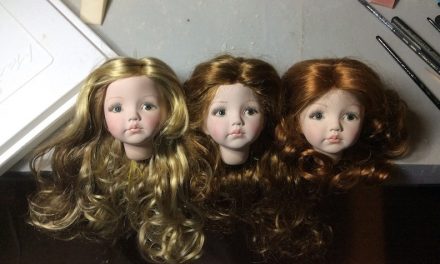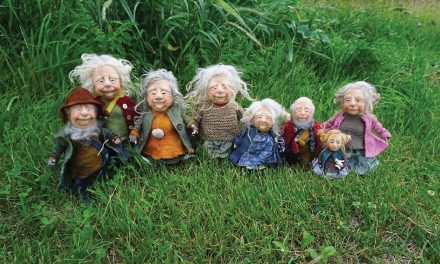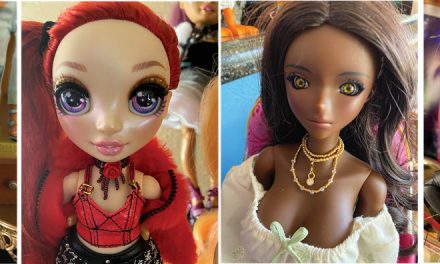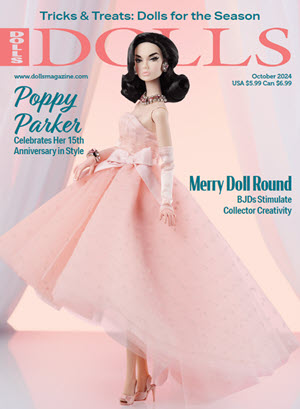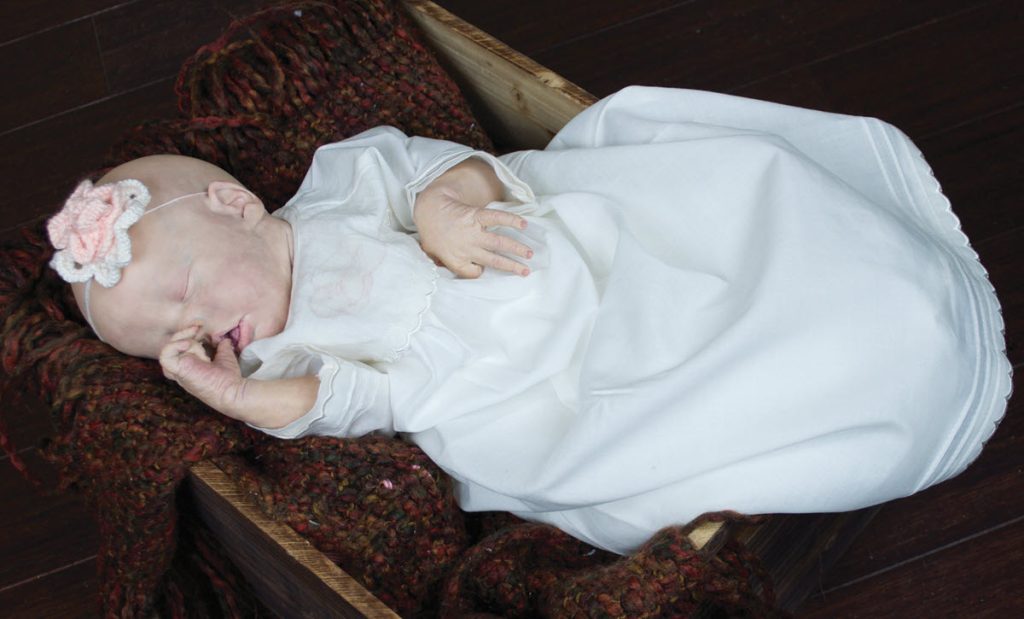
By Hannah Kelley
Photos by Natalie Scholl, except where indicated
When one dream ends, another will eventually take its place, and while not always the case, common themes sometimes emerge. Natalie Scholl’s childhood dream was to become an orthopedic surgeon. Having earned the necessary undergraduate degree, she was well on her way to making it a reality when health issues forced a change of course. Now, instead of operating on people, she uses her knowledge of anatomy and physiology to develop hyperrealistic baby dolls.
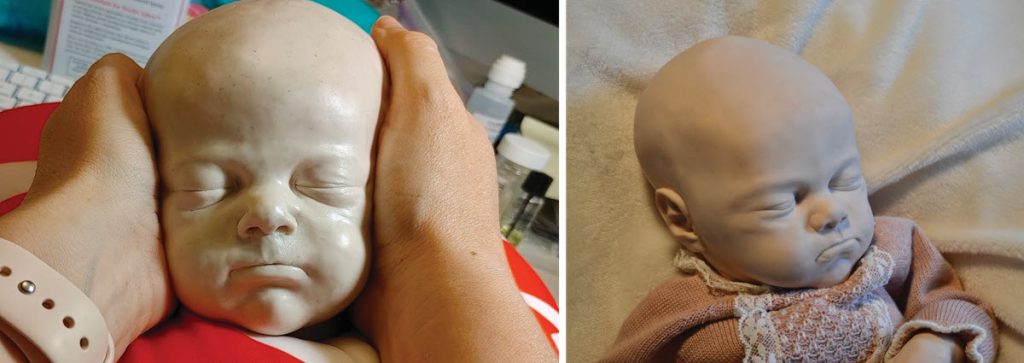
Scholl — the youngest of three children and a lifelong resident of Ontario, Canada — began sculpting dolls while still attending university. She said, “I didn’t have much extra money, so I went and bought a large box of white Sculpey to sculpt my first newborn. That clay was so soft that I had trouble keeping the shape of everything. I finished it up as best as I could and baked it. Then I had a stark white baby. I had to paint it with flesh-toned acrylic paint. I didn’t know where to get mohair, so I bought mohair yarn and cut all the little hairs off and glued them to the head. That doll still gives me a good laugh when I think about it. I clearly didn’t have the finances to obtain what I needed. It was also at a time when the internet was still growing and we were all trying to adapt to it. What I needed, where to get it, or how to use it wasn’t readily or easily available then. With the internet in its infancy, there weren’t YouTube tutorials, Facebook, or any groups online at that time. I was literally working from scratch.”
The budding artist created more miniature baby dolls while she was recovering from a surgery, with the goal of selling them on eBay. “After some time sculpting, I decided to take a course on forensic facial reconstruction from an accredited institution in New York City,” she said, effectively combining her interests in science and art. “Having an understanding of what lies beneath the skin definitely allows me to look at my sculpting from an inside out perspective. When I sculpt, I think of every single tendon, ligament, fat pad, and bone structure, while at the same time knowing what and how these all develop as a baby grows and ages. I believe this knowledge allows me to sculpt more accurately and more hyperrealistically for that exact age.”
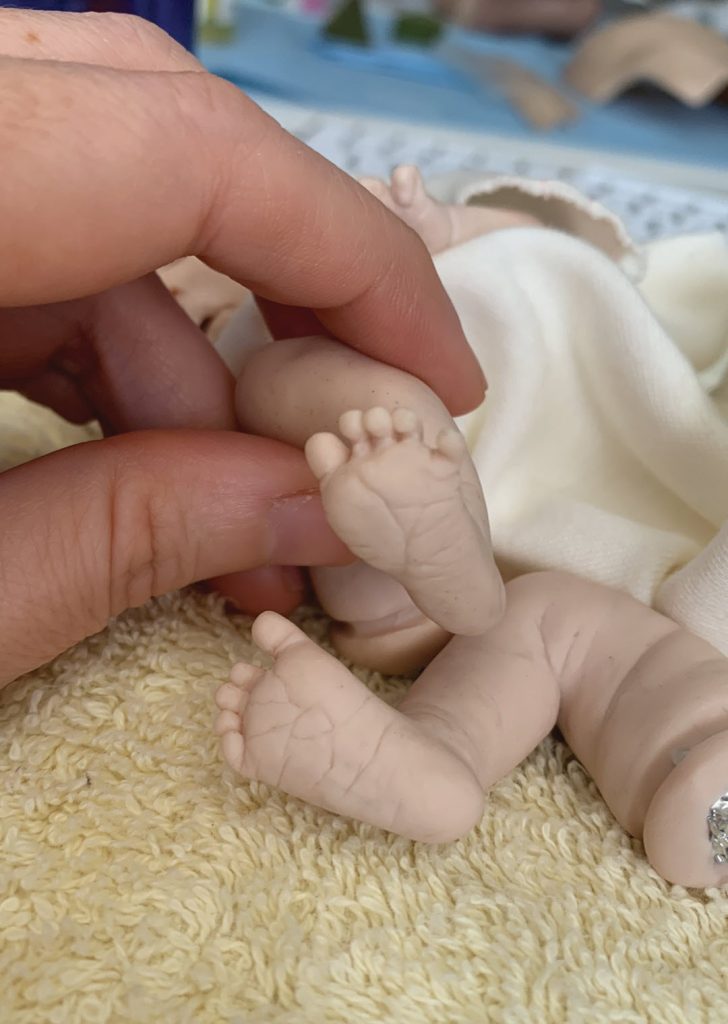
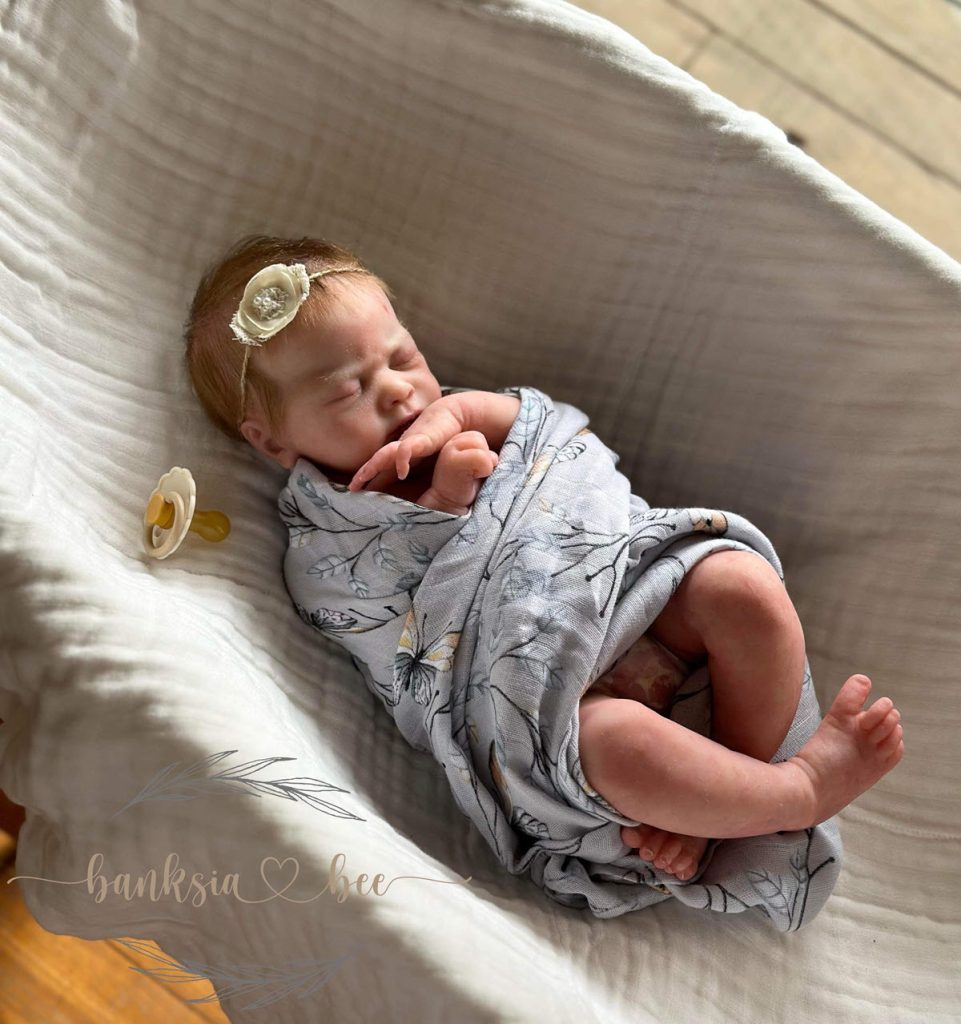
Since 2009, Scholl has been producing dolls in vinyl. Her first doll released — and the one she said is probably her favorite because it was based off photos of her nephew — was Jayden. He debuted in 2010. Scholl said, “I was terrified to even release 250 of them, but Shawna Clymer convinced me to do at least 500. I thought my apartment would be filled with baby parts that wouldn’t sell. Nobody knew me! To my delight, they all sold before the kits came in (a first at the time) and were reselling for $600+ before people even had them in their hands. People on DollFan were saying it was the most realistic sculpt to date.” These days, her vinyl editions are generally limited to 1,000 kits or fewer per sculpt.
Scholl’s dolls are formed within the walls of her home studio. “I attached two white desktops together to make a large, square desktop and put adjustable-height table legs on it,” she said. “I have a wall with a combination of cubby holes that contain baskets to organize my things, as well as shelves to display others. Everything is bright white and plain to allow me to focus only on my art. I get a lot of natural sunlight in my studio, which brightens my day and makes for a wonderful workspace. Most importantly, I have a comfortable chair in order to accommodate my back for all the hours sitting and sculpting.”
Due to her health challenges, Scholl said it typically takes longer for her to finish a sculpt than it would for another artist. This is especially true for her full silicone dolls, which she noted are significantly more time consuming to begin with because they are prone to tearing and need to be designed with that in mind. However, she has discovered ways to speed things up while maintaining her quality standards. She said, “As I am learning more about getting into a certain state of consciousness, I do find that my sculpting is coming along more quickly. I am very grateful for being able to improve the time it takes me, which in turn causes me to absolutely love the process.”
No matter the medium, she always aims for realism in her work. Scholl’s process involves studying photos of an infant’s facial features, sculpting, comparing the in-progress sculpt to the photos, and making adjustments. “I find it very difficult to see anything that doesn’t already exist. I admire artists with ‘true’ creativity in that way, because I do not have that talent,” she said. As for the limbs, she takes into account each doll’s facial expression and how collectors might want to pose the doll.
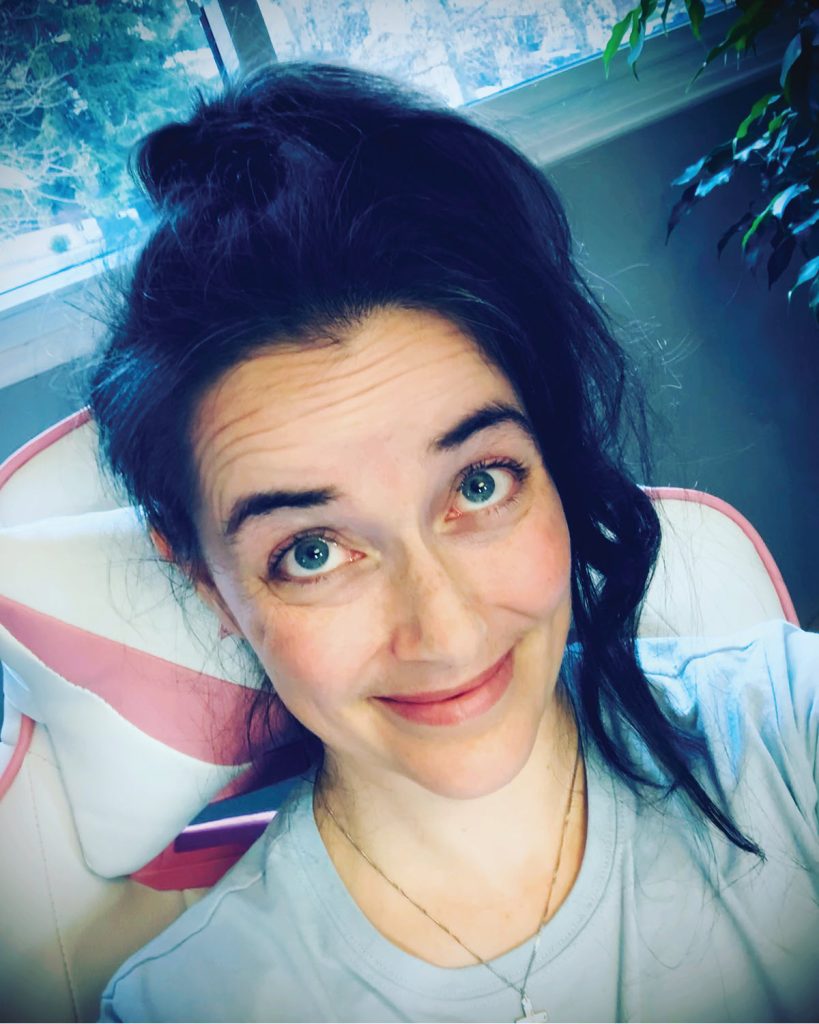
Newborns and preemies have become Scholl’s specialty, and she said she is inspired by “the absolute love and joy of newborns and the miracle that they truly are.” She also said, “I love babies of all ages. I do plan to start doing some older babies and toddler sculpting in the future.”
In addition to working from photos of her choosing, Scholl now also makes portrait dolls, which are commissioned to look like specific babies. It takes a great deal of skill to get the features just right and puts added pressure on the artist. However, with 20 years of experience under her belt, Scholl is confident in her abilities and has come to enjoy making these dolls. “It’s very rewarding to be able to bring a small but most precious time back for the parents,” she said.
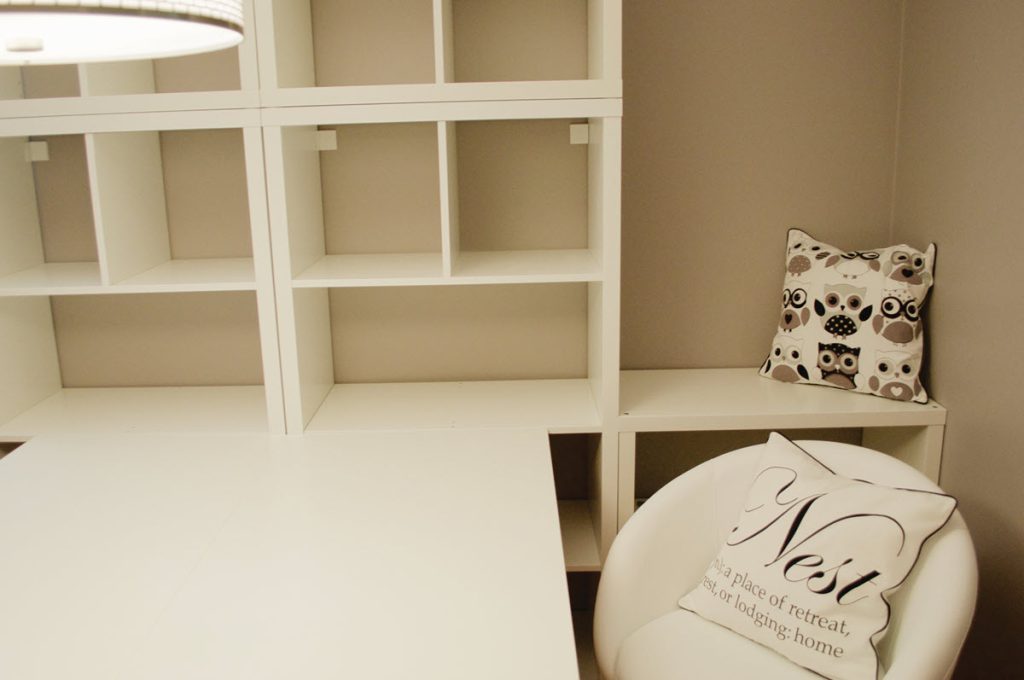
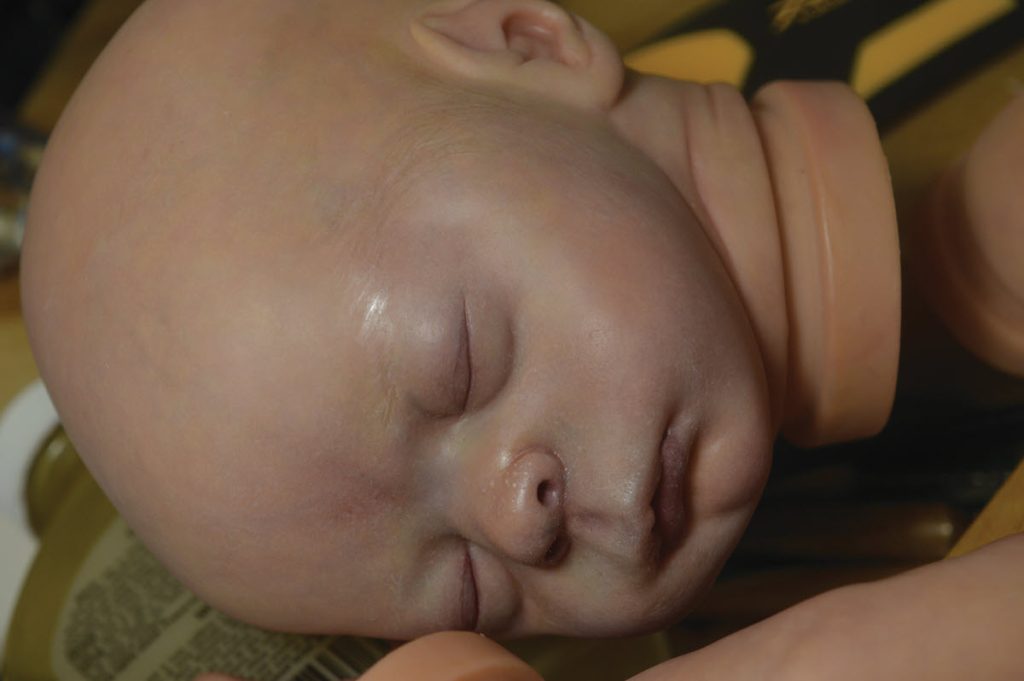
When it comes time for the dolls to be reborned, Scholl selects which artists will complete the prototypes. She said, “There is always a definite excitement just waiting to see what they will come up with. That feeling never gets old.”
A challenge Scholl and others in the doll industry have faced is counterfeits. To combat this, she said she has set up the 3S Security System. “It adds a triple security system to protect the doll after it has been reborned,” she said. “I invite all sculptors to make the 3S System a part of their reproductions. It’s very low cost and I will offer it at cost to anyone. It’s very simple but very effective at protecting our work and our COAs. I believe it would set a standard for our industry to protect the purchases of our customers. I also invite sculptors to ask to join a group I am making to teach sculptors how to protect their work should they decide to use their own security measures with their COAs and kits.”
A respected artist in the industry, among both fellow artists and collectors, Scholl was awarded the Lifetime Achievement Award at the 2024 Dolls of the World Expo. She currently has two new sculpts in progress and said, “I would like to continue to provide realistic kits and offer something special for doll collectors. I have been contacted by people to let me know how much my art has helped them or someone they know, or got to know because of the doll. Those are moments no money can buy.”

